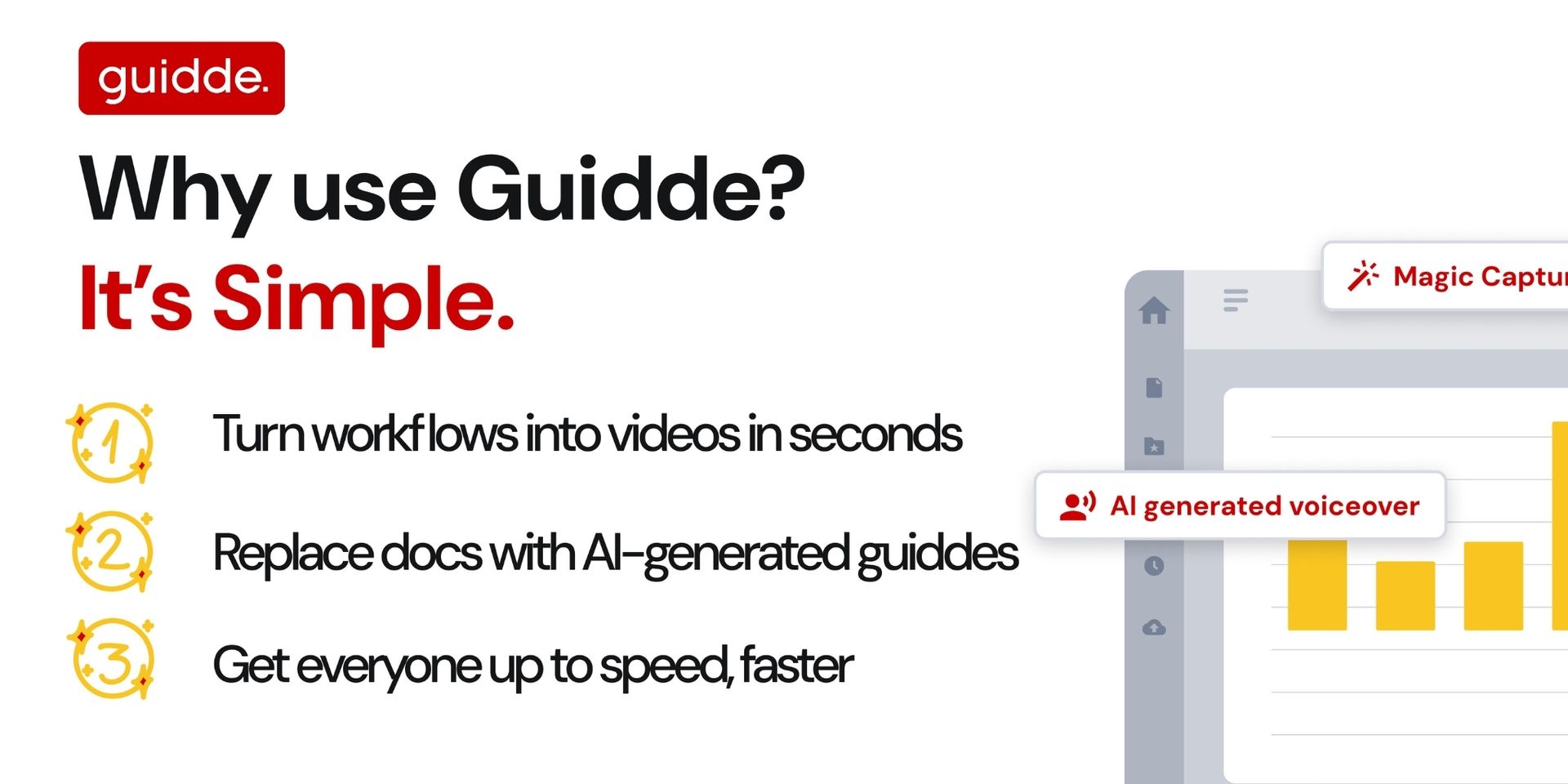
Hello! Today’s issue covers various topics in digital marketing. From Snapchat’s Q5 shopping insights to Black Friday emails that actually convert, and the growing SEO vs PPC vs AI shakeup. Scroll on and discover more…
📱 Social Media Marketing
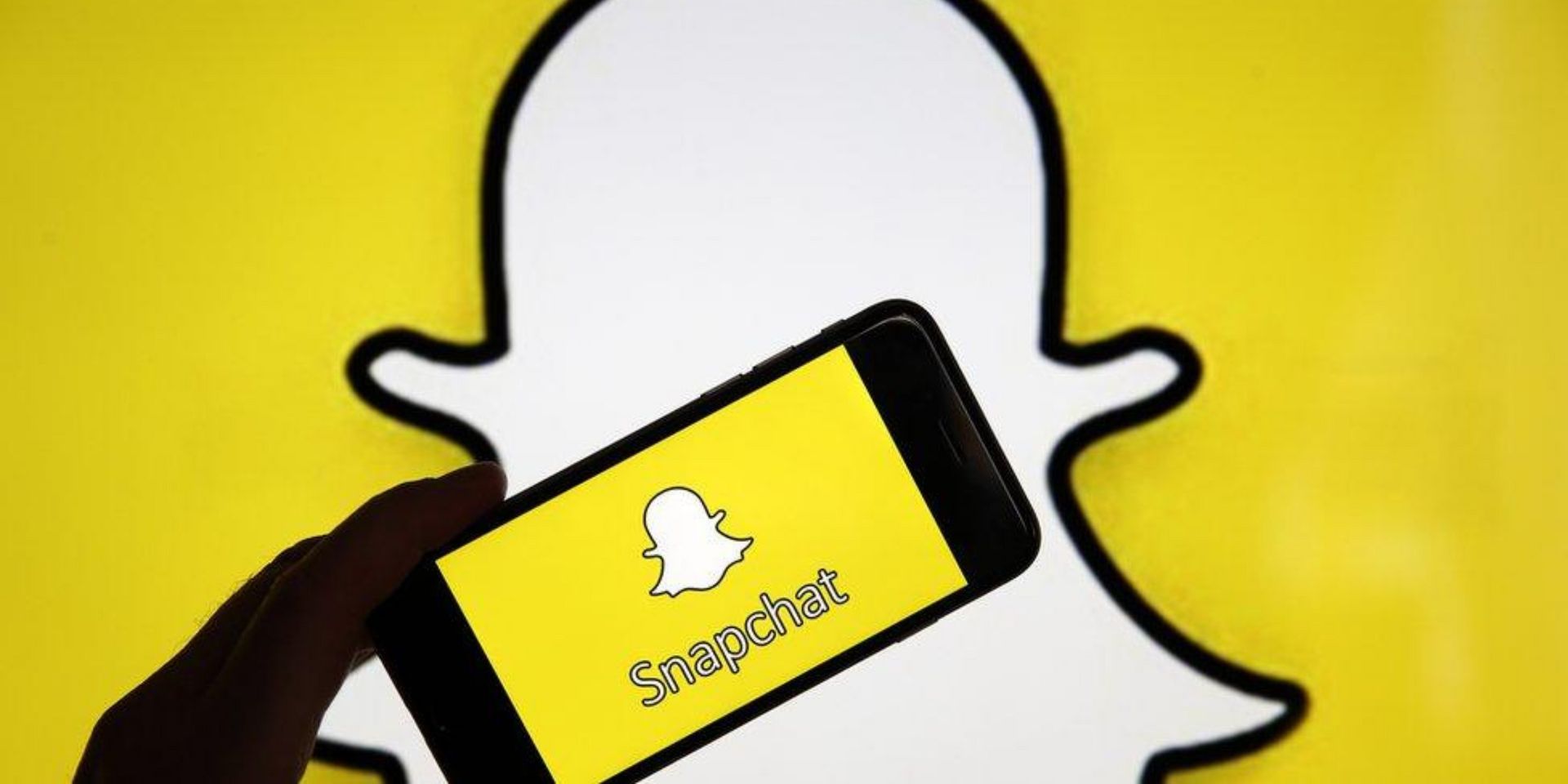
BBC
The data shows that Snap plays a central role in shared discovery, friends surfacing deals, recommending products, and co-creating ideas, which drives a longer Q5 buying cycle that stretches well beyond Christmas. Snap says brands need to shift mindset, not just spend: create campaigns that feel communal, invite participation, spark inspiration instead of hard selling, and maintain an always-on strategy through the New Year. Why it matters (POV): Q5 isn’t just a leftovers period. For Gen Z on Snapchat, it’s a social shopping season. Brands that design collaborative, Snap-native experiences (not just ads) can tap into a high-intent audience that keeps spending after the holidays.
💰 Performance Marketing
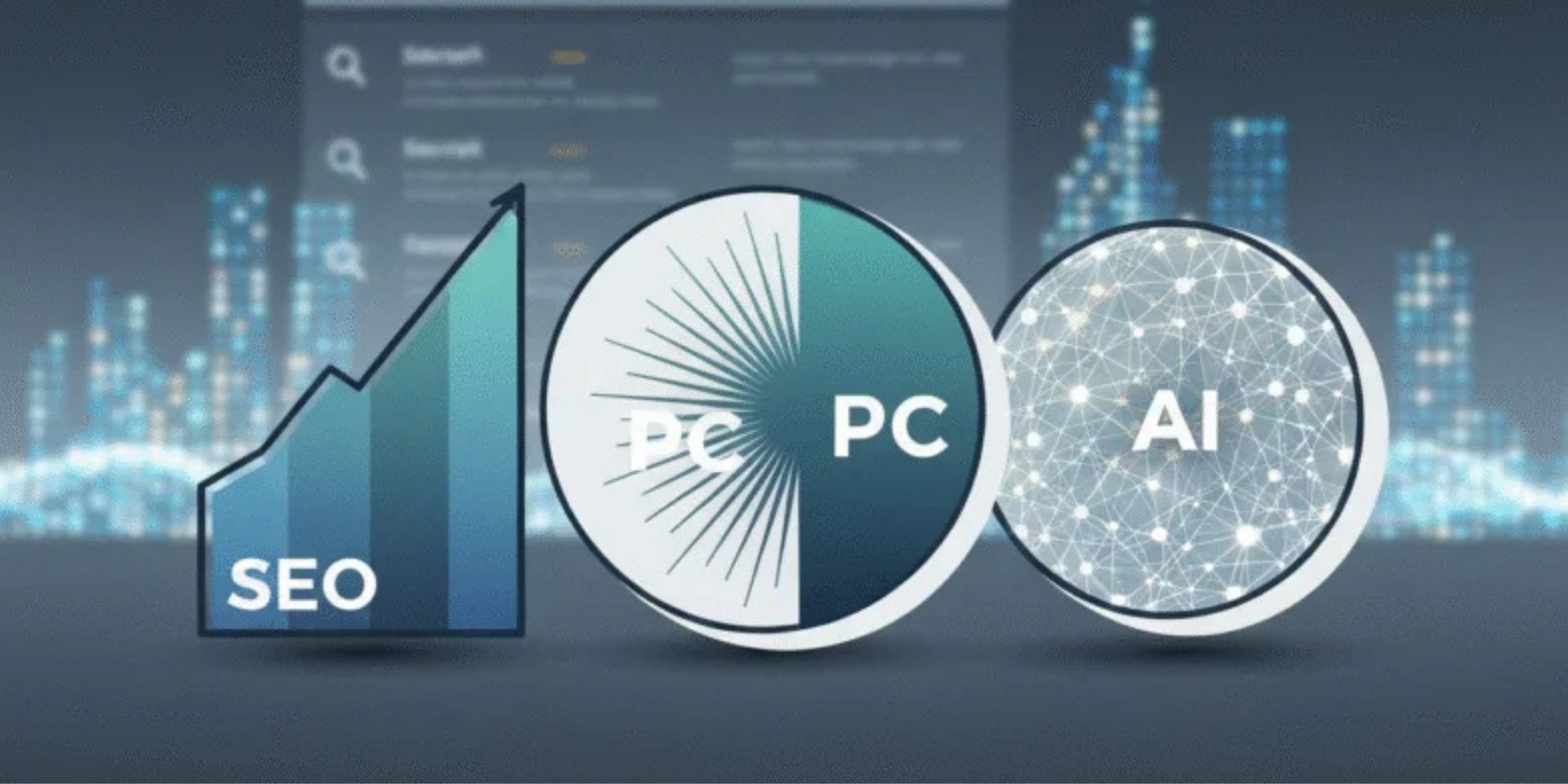
DigitrendZ
SEO still builds authority and long-term presence, while PPC captures fast demand. However, AI now acts as a parallel discovery engine that summarizes the web before anyone clicks. That means content needs deeper authority, clearer structure, stronger entity signals, and more frequent updates. AI isn’t a channel you can buy into yet; you’re either included or invisible. The winning strategy in 2026 is hybrid: SEO for authority and clarity, PPC for immediate demand, and AI optimization (GEO) for inclusion in machine-generated answers. Why it matters (POV): AI is becoming the primary layer of discovery, and brands that aren’t structured for AI retrieval risk disappearing from user journeys.
Meta often funnels nearly all the budget into a single ad in an ad set, leaving the others with almost zero impressions. First, do nothing if overall results are good; Meta’s delivery is intentional and may simply reflect predicted performance. Second, use Meta’s Creative Testing tool to give under-delivering ads a dedicated budget. This generates a duplicate of the neglected ad, lets you test it against a new variation, and forces Meta to allocate spend so you can see how the ad performs with real distribution. Old-school tactics like creating new campaigns or ad sets for control are discouraged due to inefficiency and auction overlap. Why it matters (POV): Meta’s delivery isn’t random, but it also doesn’t always give every ad a fair start. The new Creative Testing Tool is becoming essential for avoiding wasted potential.
✍️ Content Marketing

Kinsta
LLMs reward content that shows clear and meaningful upkeep: updated data, new sections with real depth, refreshed screenshots, revised FAQs, current examples, clean entity clarity, and credible external validation. The new reality is that every piece has a decay timer, roughly 90 days before freshness fades and visibility drops. Brand authority also influences whether LLMs cite you: original research, strong author identities, case studies, topical depth, and consistent publishing history all boost inclusion in AI-generated answers. Why it matters (POV): Visibility in AI search depends on freshness and authority, not the length or age of a “classic” guide. Teams that treat content as living assets and refresh systematically will keep showing up.
🌟 Presented by GUIDDE
Revolutionize Learning with AI-Powered Video Guides
Upgrade your organization training with engaging, interactive video content powered by Guidde.
Here’s what you’ll love about it:
1️⃣ Fast & Simple Creation: AI transforms text into video in moments.
2️⃣ Easily Editable: Update videos as fast as your processes evolve.
3️⃣ Language-Ready: Reach every learner with guides in their native tongue.
Bring your training materials to life.
The best part? The browser extension is 100% free.
📧 Email Marketing
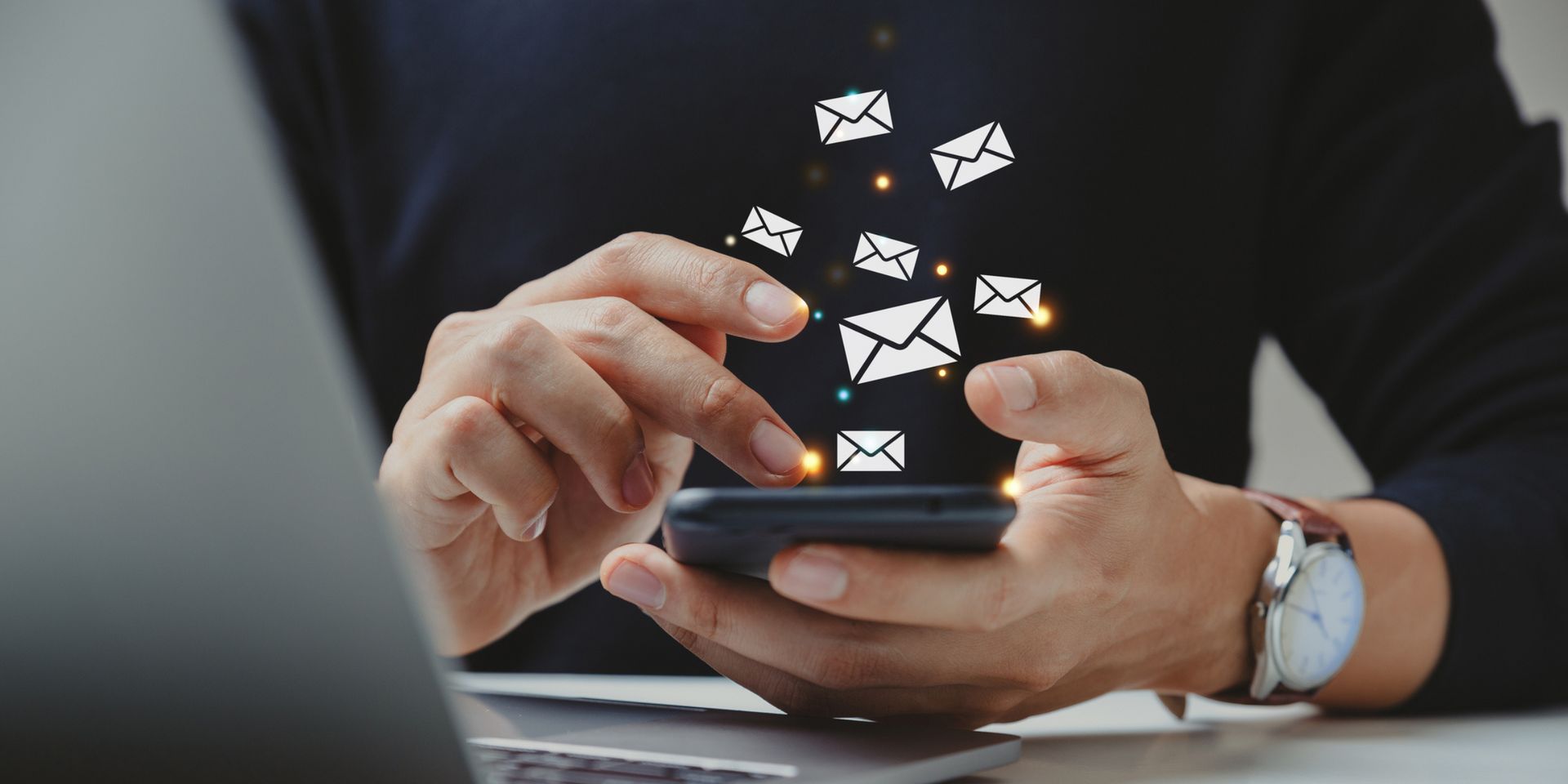
Pierpont Communications
The strongest email promotions mix relevance, urgency, and personalized value, not just louder discounts. Co-branded partnerships add perceived value, community-driven messaging creates belonging, and scarcity or exclusivity framing boosts motivation. Ownership language taps into loss aversion, while abundance cues and tiered benefits encourage repeat action. But the biggest lever is hyper-personalization: dynamic blocks that surface items users browsed, added to cart, or viewed recently, paired with targeted segments based on purchase history. Why it matters (POV): Black Friday isn’t won by blasting offers; it’s won by making every email feel personally relevant. Brands that personalize deeply, frame value intelligently, and reduce friction will stand out in the noisiest inbox moment of the year.
⚡ Trends & Updates
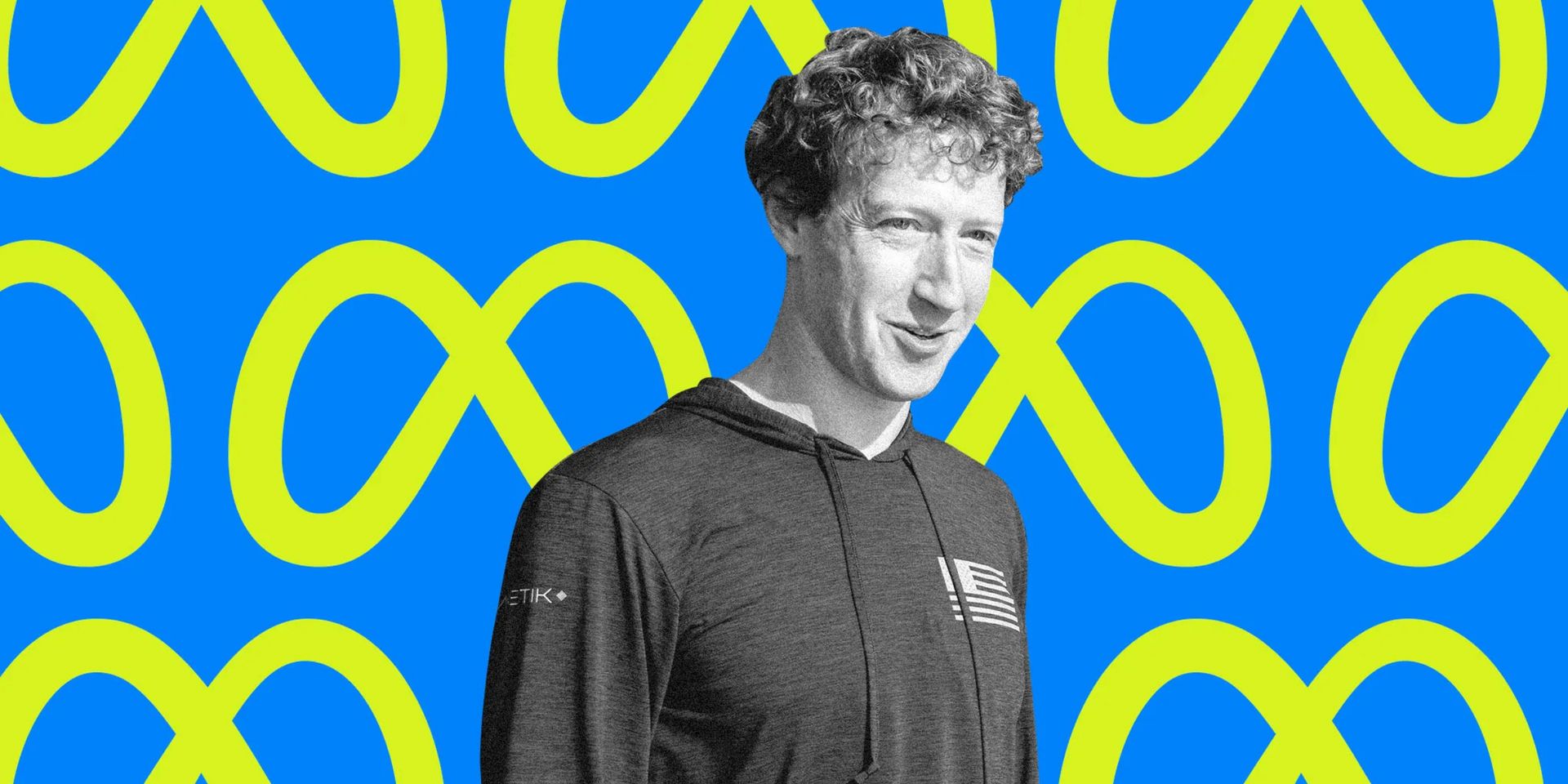
The Verge
2025’s glitches are scattered but severe: campaigns burning 150–200% of daily budgets in the first hour, impressions delivered during low-quality traffic windows, conversion campaigns behaving like cheap reach campaigns, and AI-driven creative tools generating distorted visuals, off-brand ads, and even unauthorized price promotions. Advertisers report that refunds are nearly impossible unless they are major spenders. Compounding the crisis is Meta’s near-total removal of human account support; most inquiries hit chatbots or broken status pages. Why it matters (POV): From my own experience, having a backup Business Manager and Ad Account is one option to avoid any issues that could potentially block you from running ads during the critical time. But make sure your backup ad account has a sufficient daily spend threshold for your business or your client’s, which you can do by gradually running ads on the second account from time to time.
71% of viewers exposed to a home screen ad said they were open to learning more about the brand, 51% paid attention, and attentive viewing averaged 7 seconds, with 16% higher retention than standard digital ads. Interactive creatives increased brand awareness 3.9x, human-centered creatives boosted consideration 3.8x, and optimal screen placement lifted purchase intent 15x. Combined CTV + home screen + mobile video campaigns delivered the biggest lift: 4.7x awareness, 8.7x recall, and 11.2x more consideration. Why it matters (POV): The Smart TV home screen has become prime real estate for brand attention, delivering stronger recall, deeper engagement, and higher purchase intent than most digital placements. As streaming fragmentation grows, the home screen is emerging as a top-of-funnel powerhouse.
🎯 Strategy

Practina AI
Multilingual marketing works by combining 5 core elements: (1) translation that preserves tone and accuracy, (2) localization that adapts content to regional culture and context, (3) international SEO that optimizes for keywords in each language, (4) brand consistency across markets, and (5) the right technology to deliver the correct experience to each visitor. Building a strategy follows another 5-step path: (1) know your audiences and the languages they prefer, (2) prioritize languages based on market opportunity or conversion potential, (3) translate key brand messages with cultural sensitivity, (4) create a roadmap for which channels and assets to localize, and (5) keep the content functional by avoiding idioms or phrasing that break in translation. Why it matters (POV): Multilingual marketing is one of the most reliable ways to unlock new markets, build trust faster, and expand your reach.
🗣️ Your Opinion Matters
How did today’s edition work for you?
— Sam C.
